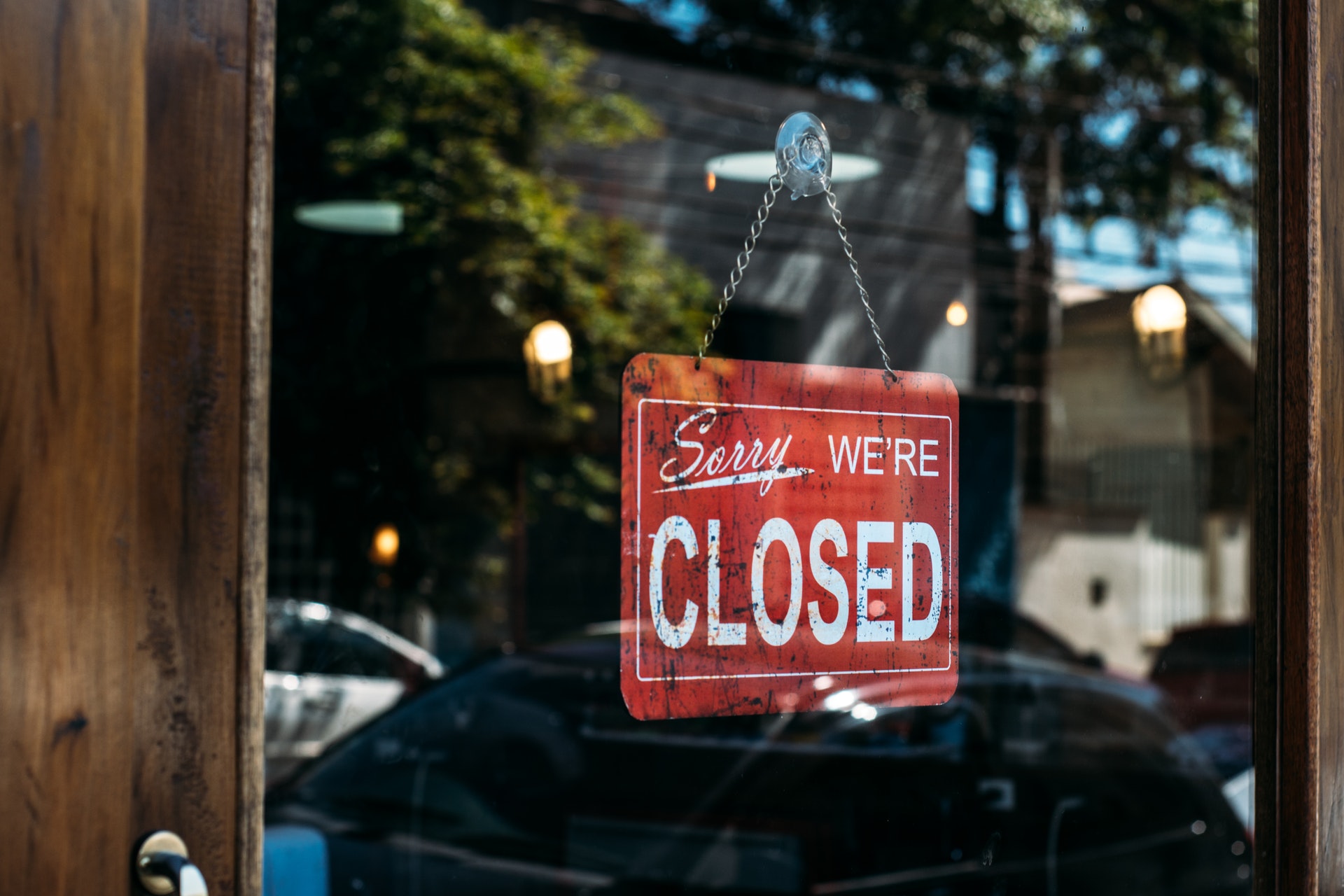
There’s not been a tougher time in the last decade for businesses across the globe than right now, and while many consumers are itching to get back to their buying habits and to re-stimulate the economy, there’s a long while yet before things get back to normal.
If you’re a small business owner and have seen a noticeable decline in your revenue, customer inquiries or anything else finance-related, then you may be creeping into panic mode. We know how hard it can be to see all of your time and effort go up in smoke when times get tough, though with some savvy financial know-how and the discipline to make some hard decisions, riding out the COVID crisis won’t be as hard as you think.
In this post, we’ll take a look at a few ways to reduce the impact of coronavirus on your small business, and a few growth avenues that might help in an emergency.
Hoard Your Cash
Even though this seems counterproductive to overall economic growth, it’s imperative that all of your revenue is expended with myopic precision. All non-essential investments have to be cut immediately, sporadic purchases can no longer be the norm and all profits should be placed immediately into a savings account.
At the extreme end, if you’re willing to take this approach, it might be worth considering holding all profits in a longer-term savings account. Ensure you have enough money to make ends meet, of course, but all profits from your business should head right into an interest-earning bank account.
Quick Tip: Business owners should also make it a routine activity to hold meetings with staff to directly focus on rigorous cash flow proceedings. All parties need to understand that costs are being cut in every way, and with your team on board with these measures, it will be a lot easier to keep things under control.
Accelerate Revenue-Building Initiatives
If you’re operating a business that works in an industry where it’s common to request down payments and other forms of pre-payment, continue with this — though take it a step further. Work to re-adjust your service offering to a COVID-appropriate one, and offer pre-pay packages to your customers.
In doing this, you’ll find that revenue stabilises a little more, and there’s a more consistent flow to your cash during this time. As you’ll agree, it’s a lot more effective to be paid in a staggered and sustained way, as opposed to going weeks or months with little to no income for the business.
A second revenue-building exercise to be attentive to, and firm about is a debt/fee collection system. For brands that rely heavily on on-time payments for their own loan repayments, it’s crucial you make your customers or clients aware that a missed due date will result in a fee or price increase.
Be sure not to damage customer/client relations in doing this. You can soften the blow by stating in your work contracts that COVID-19 has made this on-time billing more essential than ever.
Stay On Top of Scams
As noted by various media outlets, scams are skyrocketing during the COVID era, and losing a tonne of cash to a fraudulent credit card email, misleading financial service or a malicious, fake government email isn’t an option.
It might be worth your while to have a team member dedicate part of their day to scam identification and mitigation. As these operations become more complex and harder to spot, a staff member doing the research could potentially save you tens of thousands of dollars.
Quick Tip: To help in mitigating losses to fraud, scams and hacks, it may be worthwhile to diversify your business’s income across multiple accounts. Of course, insurance and fraud protection will cover specific amounts of cash lost to theft, though this takes time and there is a process which may be drawn out and detrimental to your operations.
You can find more information on scam detection and credit card fraud through official banking channels.
Negotiate Pricing for Everything
With the global economy falling into a recession three times larger than the one in 2007, it’s not going to seem too outlandish to begin haggling for goods.
If you’re a small business that isn’t entirely digital or relies primarily on consumables or raw materials, then it’s time to begin fighting for the best prices possible. Don’t make a purchase unless you’re absolutely certain it’s the most affordable option, and even then, speak with a salesperson about what they can do to drop the price further.
One thing to keep in mind is to forgo pre-buying materials that might not be used. Of course, this will be the first avenue a supplier offers for a discount, though you could end up with a stockpile of supplies that are costly, and don’t move off your warehouse or business floor.
Explore Monetary Growth Avenues
If you’ve taken a look online or walked around your local CBD or downtown area, you’ll have spotted that many businesses have now begun selling items that are rather ‘off the cuff’ for their customer base.
With high-end boutiques offering sanitiser, clothing outlets now selling gloves or masks and technology stores even selling hand wash — you can be sure there’s still room for growth. A growth path will still depend on your location, though there’s likely plenty of wiggle room when it comes to offering a new product or service.
Adapting Service and Product Offerings
Ride-sharing businesses could easily switch to offering delivery solutions, for example. With the recent boom in online ordering and customer-to-customer shopping, there’s plenty of space for growth here, which will prop up a falling bottom line.
A vast majority of bars and restaurants in cities across the country (which have been restricted from offering sit-in experiences) have begun to hire barista’s and invest in coffee machines to prop up their revenue. In a prime location, a bar or restaurant could easily offer take-out coffee and snacks to prevent a full-closure of the business.
In retail stores, adding masks, sanitiser, gloves and other sanitary products is also a good idea as these remain in exceedingly high demand which won’t likely fall until after the year’s end.
All of that said, there remain a few avenues for growth for businesses that are able to flex their will to adapt. It may take a few weeks to set up these changes and source new products or develop a service offering, though capitalising on COVID is a way to reduce the virus’s impact on your business.
Have a Financial Crisis Plan Ready
A somewhat obvious tip when it comes to weathering the COVID-19 storm is to have a financial crisis plan ready. This plan will not be developed for a typical nationwide crisis, however, it will be utilised in the event your business begins to slide into the red.
We highly suggest having an action plan that can be followed step-by-step in order to pull your brand back into the black as quickly as possible. It may be tough to stomach, but laying off staff members may be necessary to keep your company afloat.
A few of the most important things to have on this list include:
- Your Guide to Capitalising on Growth Avenues
- Immediate Cost-cutting Procedures
- Billing Routine Adjustments
- Extending Loan or Lease Payments
- Offloading Depreciating Assets
Although these are some rather simplified suggestions, you should work to integrate unique key financial crisis procedures that are relevant to your business. If there are rather distinctive loss-causing activities apparent in your business, work to mitigate these as fast as possible in an emergency.
Conclusion
With the points above in mind and a few of your own custom procedures, surviving COVID as a small business will be possible without too much worry. We are collectively entering a ‘new normal’ for the foreseeable future, and making these changes slowly will help to keep you operating effectively in the long term.
It’s important to understand that in a receding economy that’s heavily dictated by government-enforced restrictions, that there can be avenues for growth. A recession is, of course, a difficult issue to survive, though with COVID causing an ‘engineered’ slowdown, the potential for economic growth remains.



